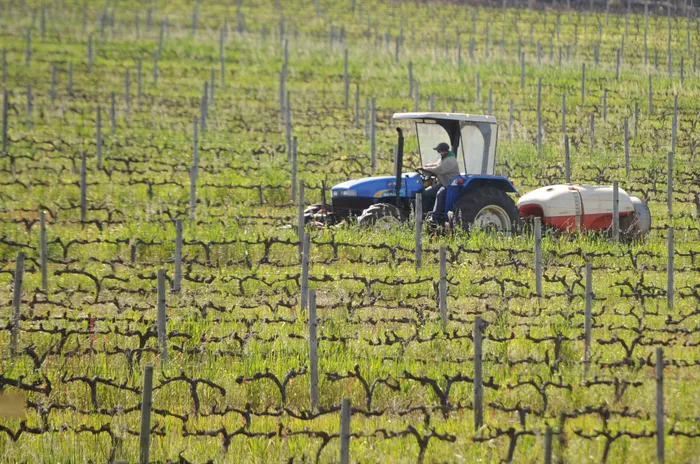Agriculture jobs lift 10% in third quarter

Agricultural Business Chamber chief economist Wandile Sihlobo said yesterday that solid production conditions in South Africa's agricultural sector continued to be reflected in the employment data. Picture: Henk Kruger/ Independent Newspapers
Agricultural jobs soared in the third quarter - an improvement on the last quarter.
The data released by Statistics South Africa (StatsSA) showed that in the third quarter of this year, about 956 000 people were employed in primary agriculture, up 10% year on year (and 7% quarter on quarter).
Agricultural Business Chamber chief economist Wandile Sihlobo said yesterday that solid production conditions in South Africa's agricultural sector continued to be reflected in the employment data.
“This is well above the long-term agricultural employment of 793 000. From a regional perspective, the Western Cape, Eastern Cape, Northern Cape, KwaZulu-Natal, North West and Gauteng significantly drove this uptick in sectoral employment. Meanwhile, the Free State, Mpumalanga and Limpopo saw declining jobs,” Sihlobo said.
This was with the previous quarter, the robust production conditions of various field crops, forestry and aquaculture were behind the improvement in agricultural jobs in the third quarter.
“Meanwhile, the livestock industry registered a decline, which is unsurprising as the industry is confronted by various animal diseases such as foot-and-mouth, avian influenza and African swine fever. Moreover, we saw a notable decline in the game industry and production of organic fertiliser facilities.
“Overall, this notable improvement in employment in the third quarter is unsurprising as South Africa has a robust field crop and horticulture harvest following favourable rainfall and farmers' strategic interventions to adapt to load-shedding interruptions,” the chief economist said.
Agbiz said beyond the current jobs data, the sector's broad challenges were inefficiencies at the ports, rising geopolitical tensions, deteriorating rail and road infrastructure, weakening municipalities, rising crime and energy supply constraints.
If these were not addressed, these challenges, particularly the ones within South African policymakers' reach, could negatively influence farm profitability and job prospects over the medium term.
Therefore, the South African government and the private sector should address these issues to support long-term growth and job creation. The first step could be a revitalisation of the Agriculture and Agro-processing Master Plan and placing it into the centre of development and growth interventions for the sector, which would be the plan's appropriate place,“ Agbiz said.
Sihlobo said that worth highlighting was the prospects of a relatively mild El Niño in the 2023/24 summer season, along with better soil moisture across the country, which were comforting and suggested that the sector could have another decent agricultural season and possibly sustain healthy employment conditions.
Paul Makube, the senior agricultural economist at FNB Commercial, said yesterday that the sector defied the odds with a 10% year on year increase in jobs during the third quarter of this year.
“Today’s update on the Quarterly Labour Force Survey (QLFS) data from Statistics South Africa confirmed the resilience of agriculture as it defied the odds and made a significant improvement in employment in the sector,” Makube said.
Makube said at current levels, employment in the primary agriculture sector was well above the longer-term trend of 793 000 people.
“The seasonal increase in activity with bumper harvests in full swing for both the field (grains and oilseeds) and horticultural crops in the third quarter more than offset declines in the livestock industry which is the biggest with a share of 42% of total gross producer value of agriculture during the 2021/22 season,” he said.
He said an uptick in employment numbers was a step in the right direction in helping fight the scourge of unemployment in the country.
“Agriculture has the potential to add more jobs, and this may be realised if impediments to growth are addressed by expediting the improvement of efficiencies in ports, fixing the rail system to ensure bulk agriculture produce gets back on rail, and repairing road infrastructure that has proven costly for producers,” Makube said .
BUSINESS REPORT
Related Topics: